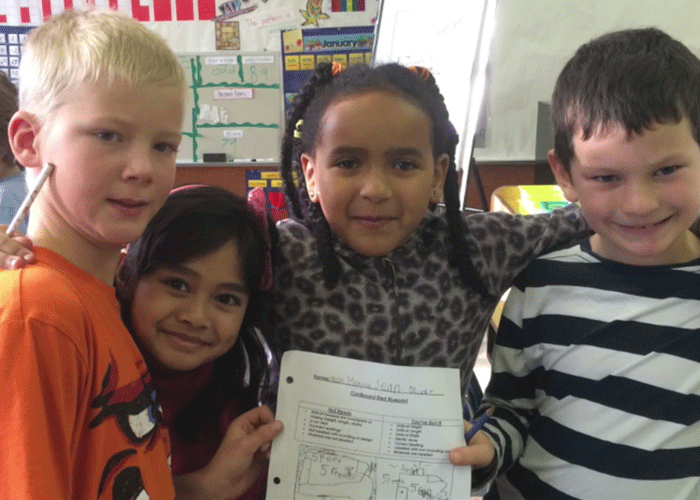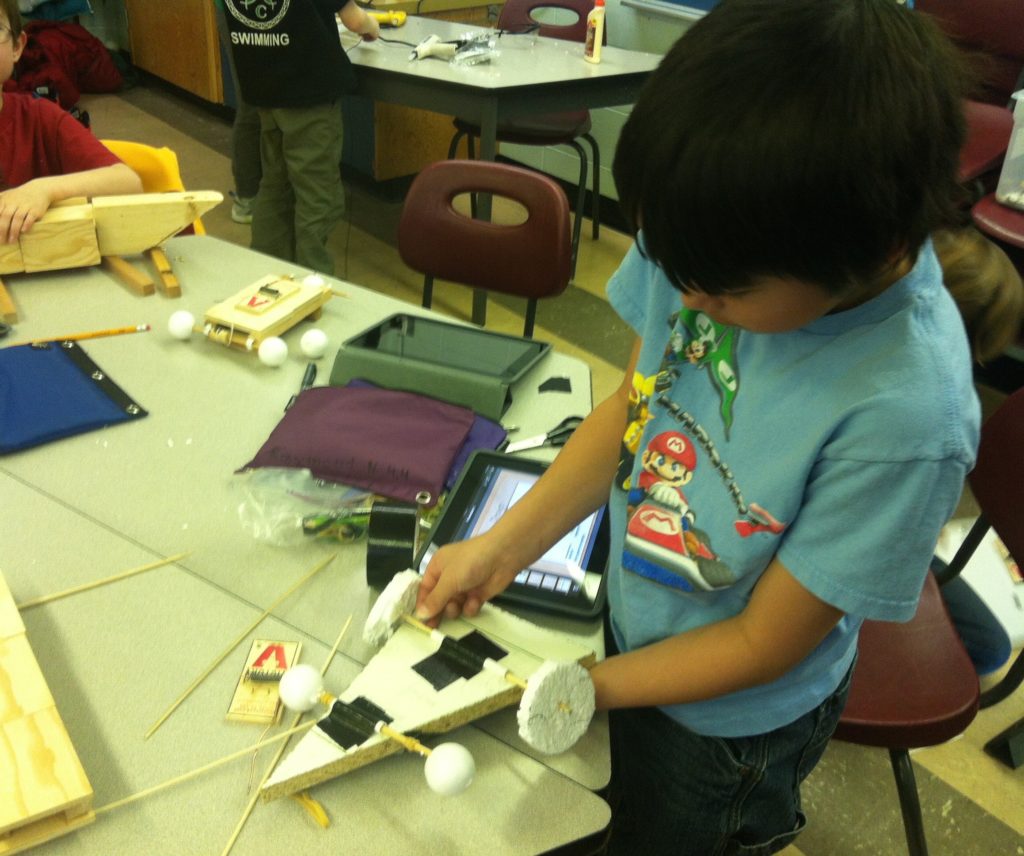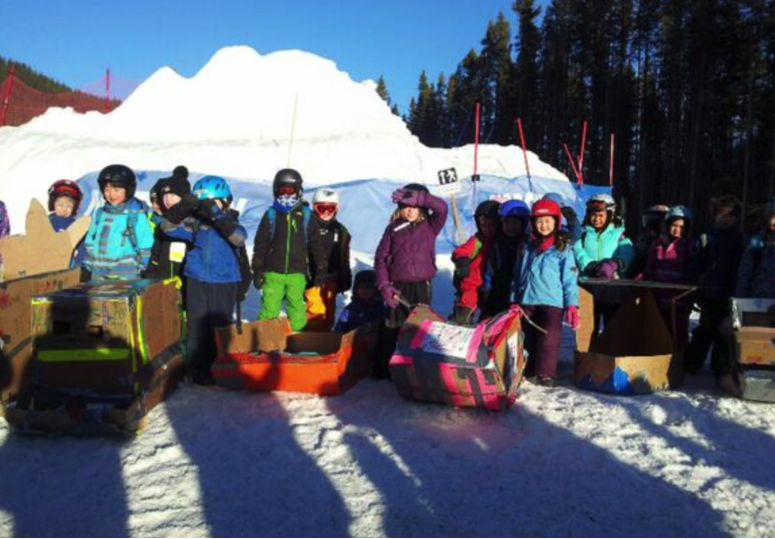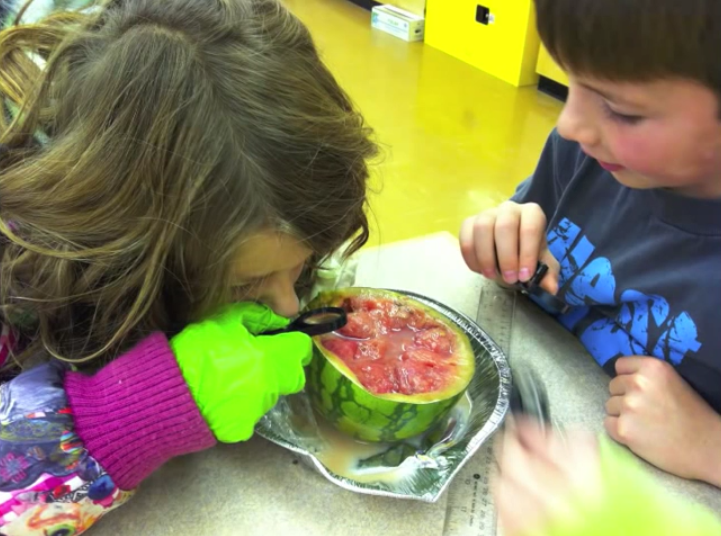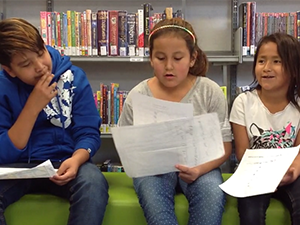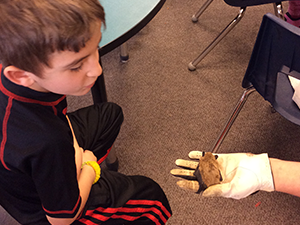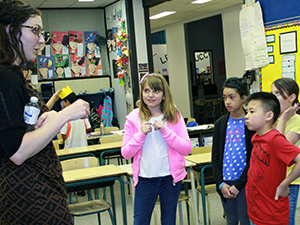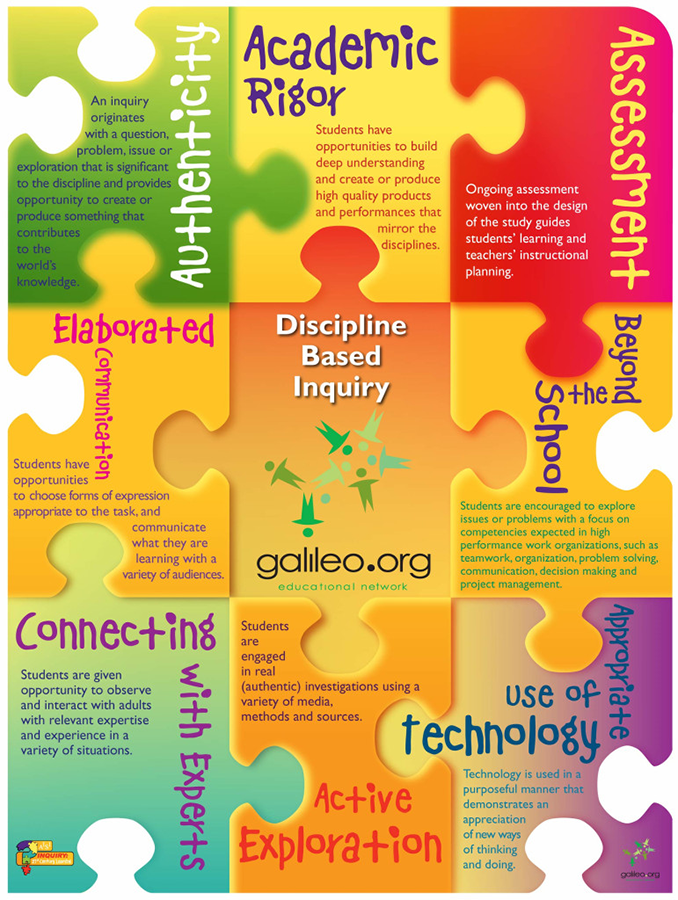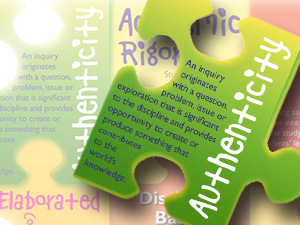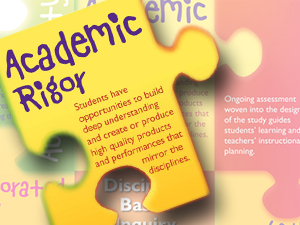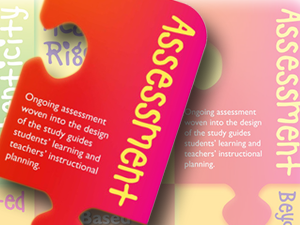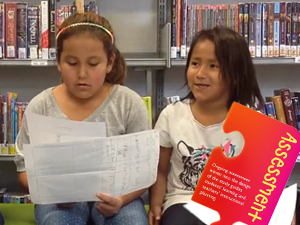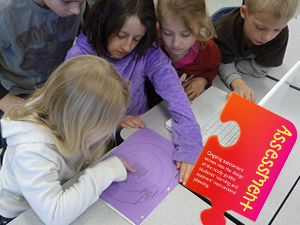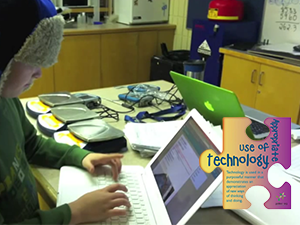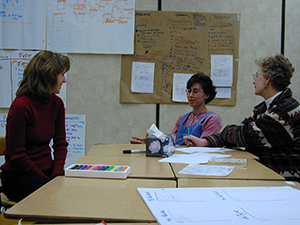Blog
Tasks and Activities: Challenges and Misunderstandings
Galileo Educational Network June 13, 2016 Focus On Inquiry Research Series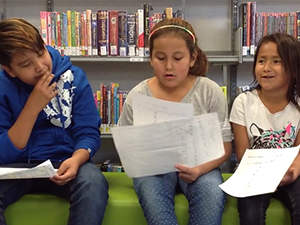
We’ve been talking about strong tasks – the ‘hard fun’ when students confront those big issues and questions that even experts in the field of study are encountering. You have a great task when students go well beyond merely thinking about a concept – rather students are involved in work that connects them to the world.
During the Focus on Inquiry study, Galileo Educational Network mentors and researchers found many educators were uncertain about how to go about scaffolding sub tasks/activities and teaching throughout a task. The task refers to the umbrella under which many kinds of activities may eventually cluster. Sub tasks/activities are intentionally structured to address concepts, develop skills and knowledge as students undertake a complex task. Ongoing formative assessment is an integral part of the development of activities and the teaching throughout a task.
One of the ways of organizing activities and assessment throughout a task is through the use of a simple arrow chart. This chart was designed by Galileo mentors to assist teachers to think through their task to ensure that all components of teaching and assessment were connected to sponsor deep learning and understanding for students.
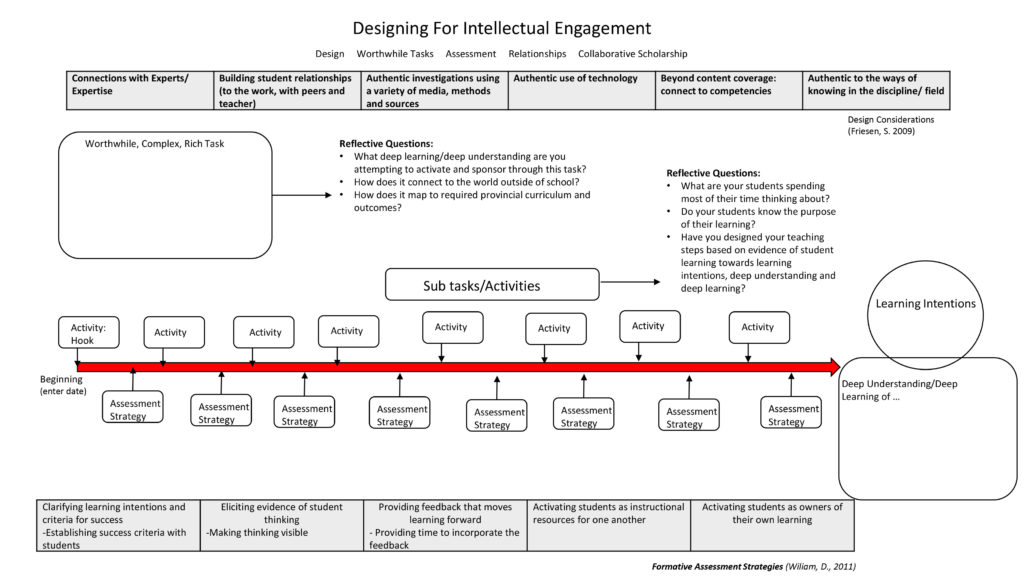
Designing great tasks can be challenging and complex. In all four school sites, researchers worked with teachers to break tasks down into day by day, connected and coherent activities. Many teachers found accomplishing this through an inquiry lens was more demanding. To clear up any confusion, researchers asked teachers the following questions:
- What is the overall aim for student learning? What are students expected to learn?
- How does the task promote thinking about how the discipline shapes human behaviour, or how human behaviour impacts the discipline?
- What knowledge, skills or processes are being developed through this sub task/activity?
- What is the value for students in producing this artifact?
- How will assessment information be gathered and used to inform teaching and learning throughout this task?
While some teachers found it challenging to examine task design in this way, others found a new way of thinking about how they plan what goes on in the classroom. According to one teacher:
“When I looked through the lens of the profession or the discipline, I had a more in-depth view of the process. I appreciated taking off my teacher hat so I could think about the profession first instead of teaching the task. Planning becomes more about process than product.”
For examples of task designs teachers developed click here. The video below is also a great example.

